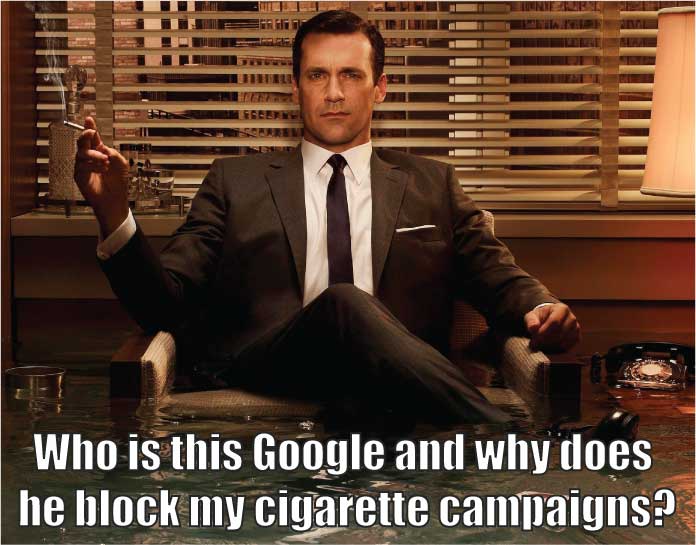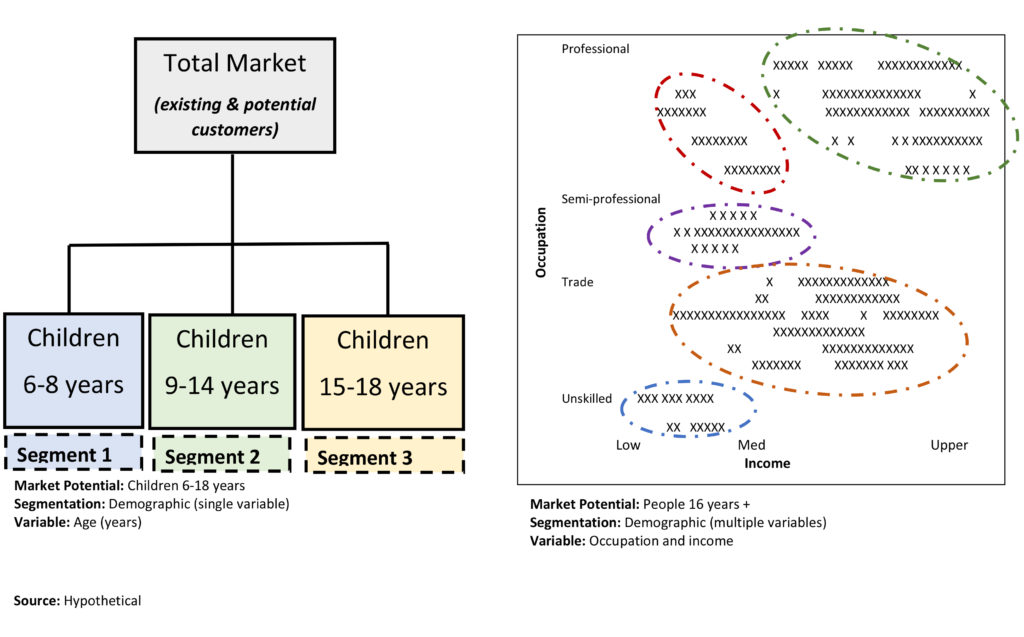The theory of the Long Tail is that our culture and economy is increasingly shifting away from a focus on a relatively small number of “hits” (mainstream products and markets) at the head of the demand curve and toward a huge number of niches in the tail.
From Mainstream to The Long Tail
For the past decade or so, technology has allowed marketers to shift from generic one-size-fits-all advertising, to an increasingly “lengthening” tail (think TV to niche websites);
Communication is becoming increasingly individualized and the idea that hundreds of millions of people should get the same advertisement is dead.
If in the (old) days when TV was king we could at best pick an ad spot that fits our budget and the broad audience we’re trying to target – today we have an almost endless list of possibilities to surgically target individuals that fit a certain demographics and/or psychographics.

This shift has not only lowered the advertising entry barrier, empowering startups and “mom and pops” to join the game, but has created a new level of marketing efficiency as well – increasing the value for consumers and advertisers alike.
Consumers get offers they actually might give a shit about, while advertisers get consumers who actually give a shit about their offer.
From The Long Tail to You
But the long tail is far from perfect. If you think about it, asking “how do I get my message in front of the people I care about” is a good question, but “how do I get my message in front of the people who care about me” is a much better one.
And there lie the dissonance; Is advertising noise, or value?
Advertising is noise unless you provide the right value proposition to the right person at the right time.
When you succeed in doing this, advertising becomes content. Dopamine. Excitement. Value.
And though we’ve been getting much better at turning advertising into value, we still base our decisions on hypotheses. We make assumptions regarding who our audience is and what they will find valuable.
Here are a couple examples of how you an advertiser may segment their audience:

When you think about it, the long tail is really just a more effective way for marketers to group consumers into buckets, the only difference being that these buckets keep getting smaller and smaller.
But the above approach – though well thought out, and certainly more effective than mainstream marketing, is still fatally flawed. And that’s because we impose our “human logic” to the process – we segment by age, demographic, job title etc.. and assume that one or more of these makes someone more likely to be a customer. We then use tested best practices and psychological triggers to convince each segment to buy in to our value proposition. Our hypotheses and are either proven right or wrong.
But even when we do all the right things – come up with great the greatest strategy, execute flawlessly, test and optimize, we’re still essentially working with broad generalizations, trying to optimize and maximize the overall impact.
Don’t get me wrong, the overall impact is all that matters, and this is the best we can currently do with the tools and data we have. The problem being that no matter how small a segment may be, it still creates noise to some consumers, because it tailors ads to people similar to them, not them themselves.
And in a perfect world, brands don’t serve you ads that are noise, they serve you options that can add actual value to your life. [Don’t get me started about materialism, I totally agree that we buy too much stuff we don’t need and that this is a real problem. Will save it for a future post]
If for example I change a background image on my landing page and see a 20% lift in conversions that’s great. But all it means is that the change I made was more effective at driving more of my visitors to sign up.
There still could very well have been certain users who would have signed up given the previous image and didn’t with the new.
The problem with A/B testing
That’s what A/B testing is all about – running comparisons (ads, messaging, landing pages, forms, CTAs…), and optimizing by finding out what works better for a bigger chunk of a given audience.
But you are not an audience. You are you. You may have many things in common with many audiences, but everything in your life that has lead you to this moment is uniquely yours, and so is your decision making process.
So can I as an advertiser, truly customize the right offer at the right time to every prospect? Perhaps… for 100 prospects. But what about 100,000 of them?
Which brings up the question – could machines do a better job?
From mainstream to the long tail, to… YOU
While e-commerce companies are no strangers to advanced personalization, ML and AI will allow them to take it to the next level. ML algorithms are able to collect data and personalized experiences for each unique visitor based on near-real time behaviors, eliminating the need for static profiles based on outdated or grouped data sets.
Data helps us make sense of the world, but data is not real. Data is simply a representation and interpretation of what is real. As data accumulates, as hardware gets more powerful and is able to analyze and (perhaps more importantly) learn from data faster, computers will learn to predict exactly what you need, when you need it.
This is already the case in many instances; Google has reorganized itself around AI and many of the digital marketing tools and networks advertisers use are already incorporating AI to create more effective targeting and campaigns.
We can already let Facebook optimize certain ads to certain customers, or Google control bids based on predefined conversion events – their systems leveraging AI to do this more effectively.
The next step will be algorithms that control every step of the process – from ad creation to forms and landing pages. From prospects to customers.
While in the near future, marketers may still be the ones defining strategy, goals and budget, more and more of the process will be automated. And it’ll work better than ever…
Be First to Comment